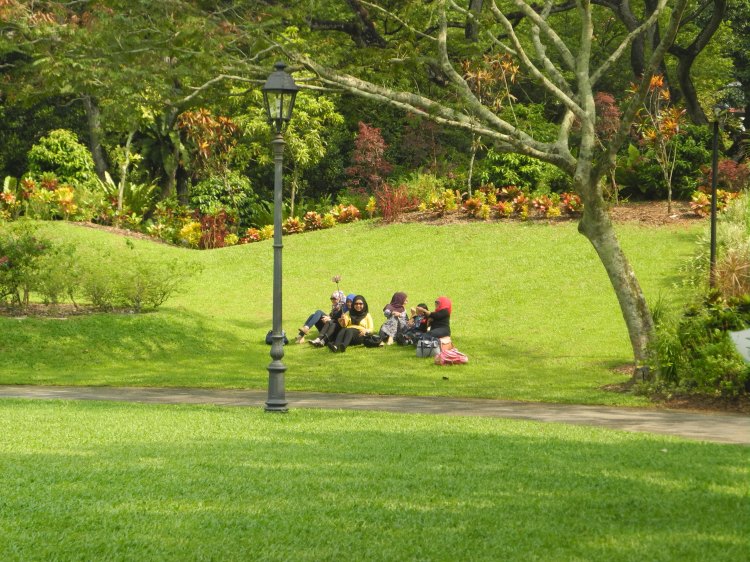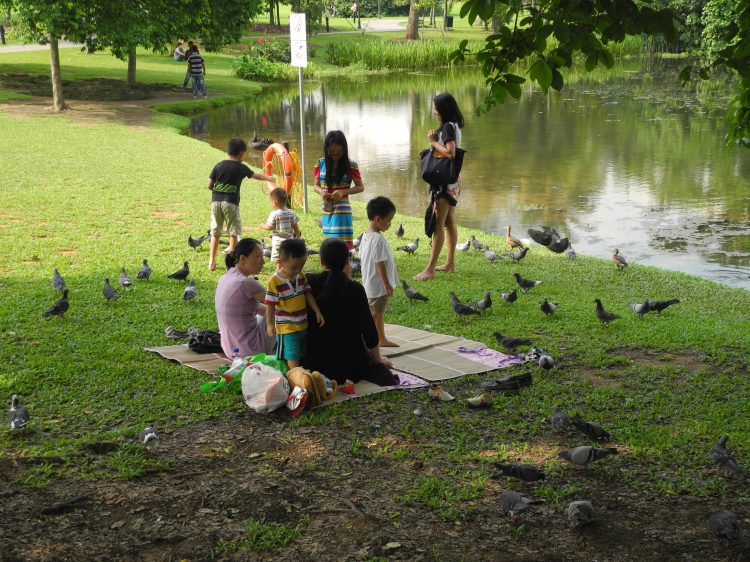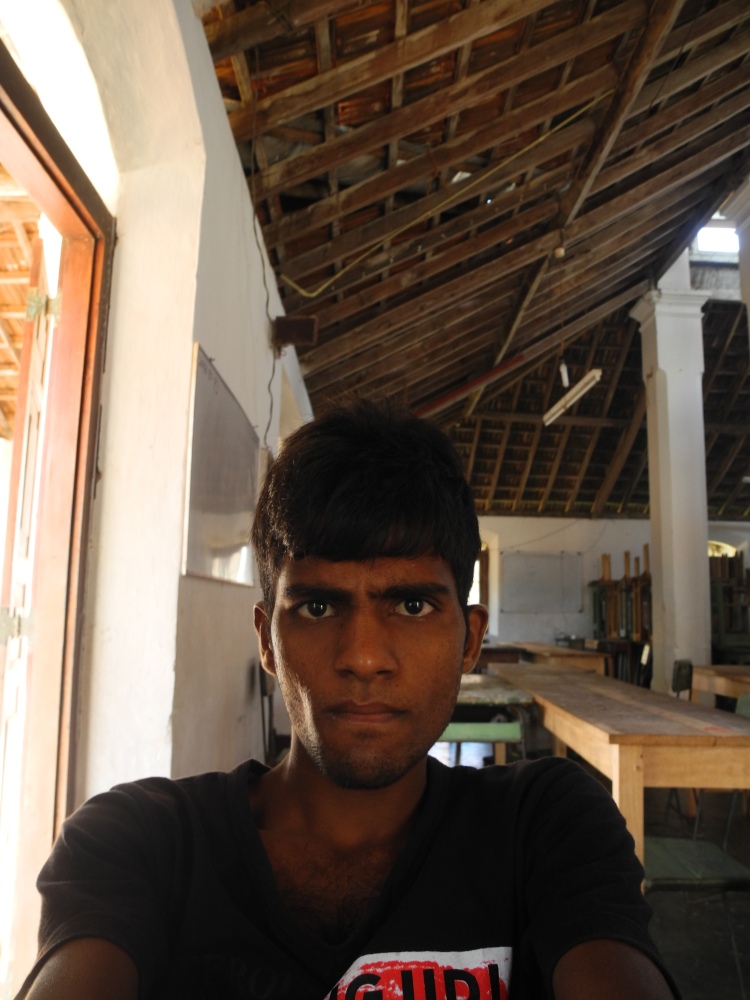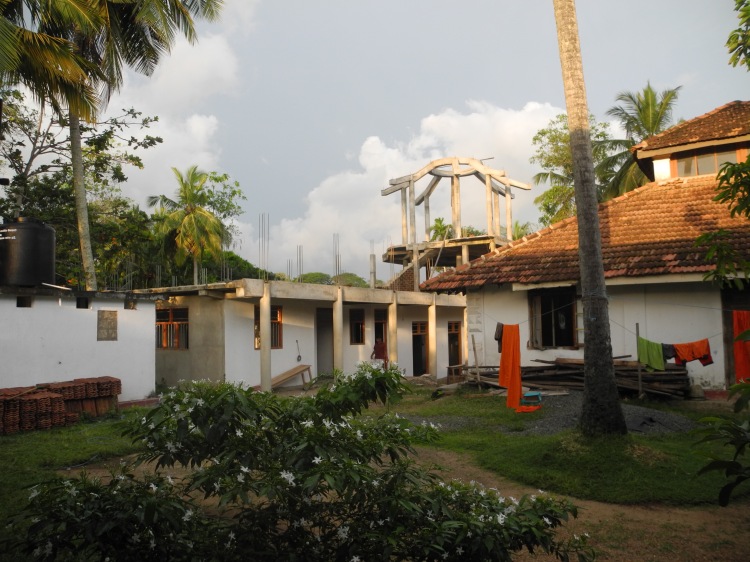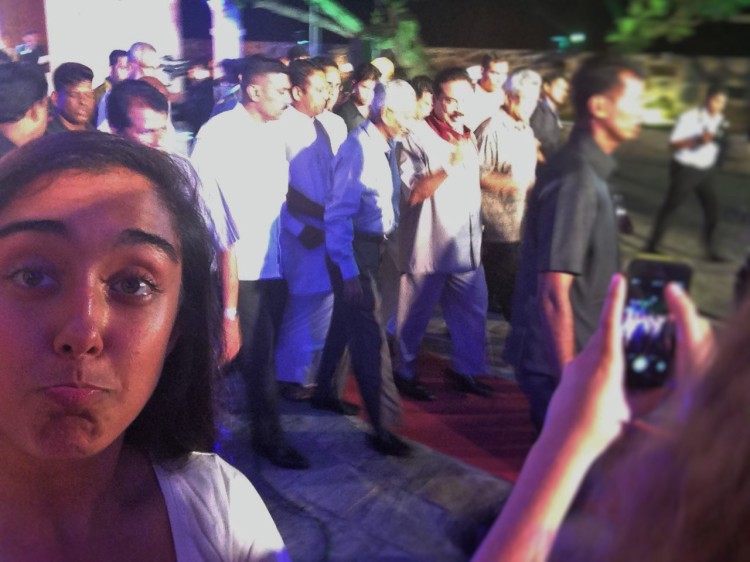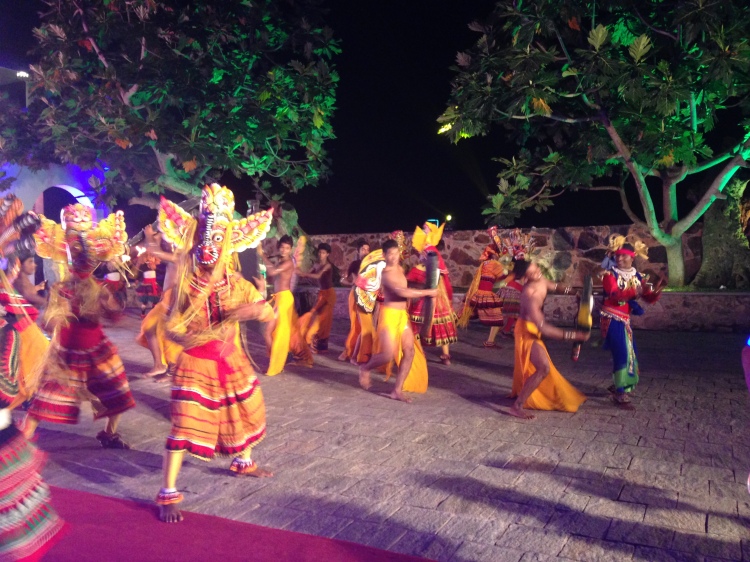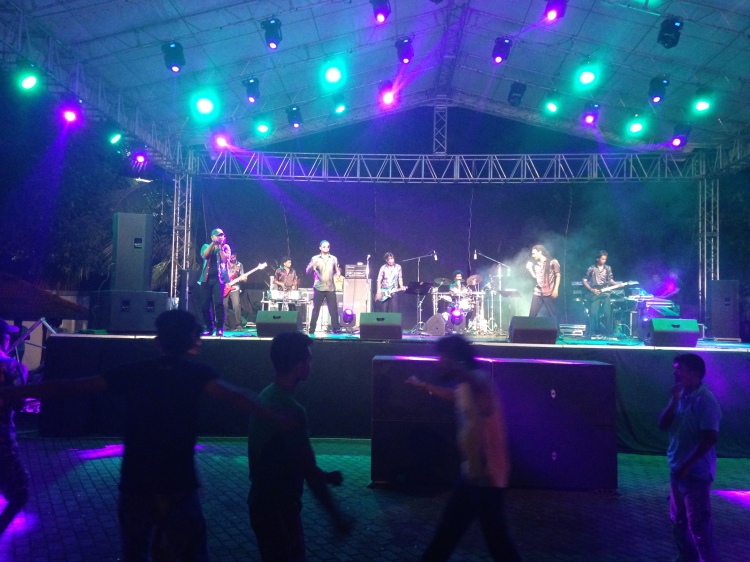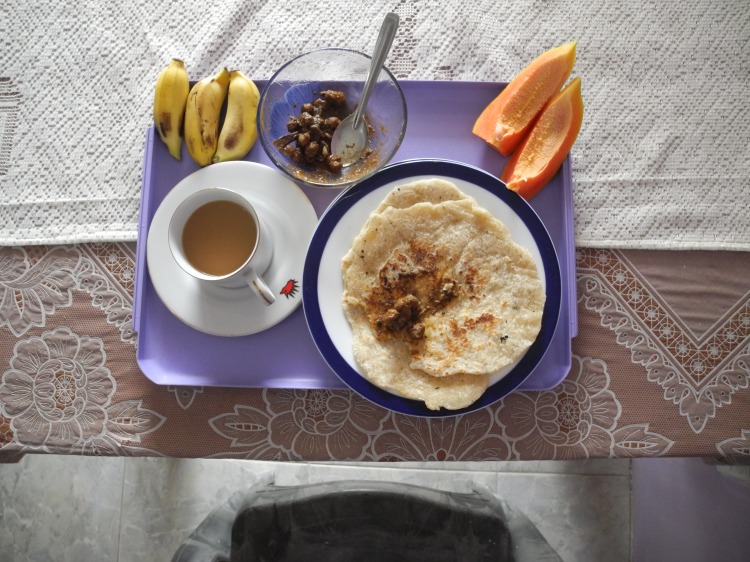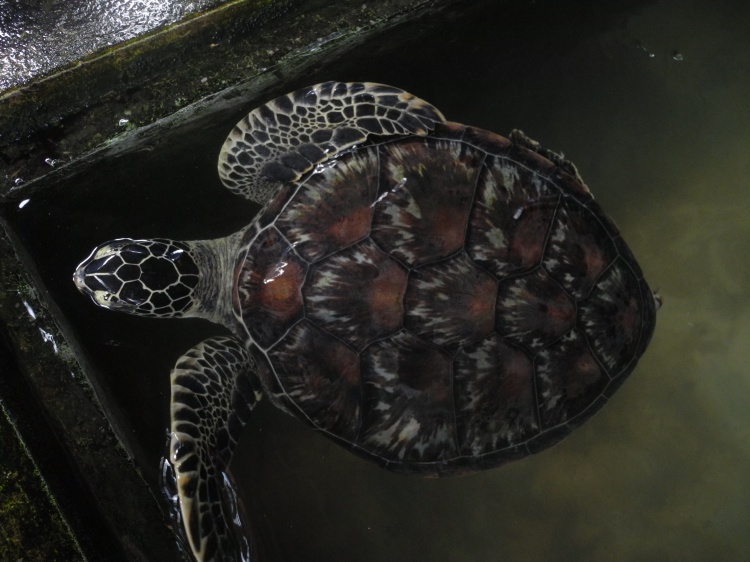If you would like to donate, all you need is a simple click here
My dear friend and roommate, Lova, leaves this weekend after we’ve spent an incredible three months together teaching, interacting with the children of the school, and basically becoming Balinese. Because of this, we decided that we wanted to write a joint blog post as we are both avid writers and wanted to leave our impressions of this place out there for others to read and enjoy. So without further ado, our experience at the Yayasan Widya Sari (: Also, make sure to check out the Yayasan Widya Sari’s website for any questions!
We were brought to Bali by a simple click on the computer. An impersonal, didn’t-know-what-to-expect, click of our mouses. We took a leap of faith because not knowing what to expect is the guaranteed risk one takes when traveling and volunteering abroad. The website for our organization could have been completely misleading, no matter how reliable it seemed. And it was, it was completely misleading.
Because after spending 3 months teaching English to Balinese children at the Yayasan Widya Sari, we’ve experienced so much more than the website could have ever promised us and we’re here to share that with the people we care about back home and anyone else who is willing to listen.
We were brought to the Yayasan Widya Sari by Volunteer Programs Bali, but the Yayasan itself has been a stand alone nonprofit for almost eight years now. Only in recent years have they partnered with VP Bali in order to help recruit more volunteers.
The word “Yayasan” itself means foundation, and “Widya Sari” has a double meaning in Balinese, the first is “essence of education” and the second is “a better life through education.” In our opinion, the school has been rightfully named, but it provides much more than an education. Ketut, the founder of the school, has created a place where learning is only half the story; the Yayasan provides a refuge to the children of the village of Tianyar, a place where they can expand their minds, connect with kids older and younger than them, and overall enjoy themselves.
The school attracts volunteers from all around the world which creates quite the unique environment. All the volunteers we’ve worked with here have held the children as the highest priority and we’ve seen, and experienced, some incredible bonds form between the children and the volunteers, so much, that tears are shed more often than not when a volunteer walks out of the rusty gate of the school.
The staff, and the community in general, has welcomed the other volunteers and us with arms wide open. The staff supports us in everything we do, from taking the kids on field trips, organizing fun days and sport days, to exposing us to the fascinating local culture and connecting with us regardless of background. They are a handful of Balinese people that have inspired us in too many ways to count since we’ve been here and we’re eternally grateful to have been able to work alongside such wonderful people halfway across the world.
Gaby: Teaching at first was nerve wracking, especially because I have two classes of teenagers that are 17 and 18, aka MY AGE. I didn’t know how the kids would react to having an inexperienced teacher so close to them in age, but after just one class I was able to breathe a sigh of relief; they made me feel welcomed and respected me. More than that, they come to class with the ambition to learn, and there is nothing more inspiring to a teacher than seeing his or her students eager to participate. They’ve impressed me time and time again with their wisdom; I’ve thrown philosophical questions at them ranging from ranking money, happiness, love, and freedom in order of importance to describing what makes people unique. We’ve completed projects including research papers comparing and contrasting Balinese Hinduism to Indian Hinduism and analyzing, discussing, and translating the lyrics to the song “Try” by Colbie Caillat, a song that sheds light on inner beauty and the pressures people face from society to maintain a certain standard of outer beauty. We even created a music video with them for it.
One of the most shocking things I’ve experienced while teaching them has occurred while talking about their job ambitions, as the majority of them said a) they would love to go to university but can’t because of financial issues or family dependency and b) because of the former reason, they want to work in the tourism industry, an industry which has manifested itself as “king-servant” like between tourists and balinese people. Because Bali’s economy relies so heavily on tourism, learning proficient English gives these kids an upper hand in the business. The highest goal within the industry is working on a cruise ship because it gives the students the opportunity to travel and to make enough money to provide for their families. A job on a cruise ship for someone from the western world isn’t usually what kids aspire to obtain and that has become a sad realization for me. Even worse? I’ll be attending the University of North Carolina at Chapel Hill this fall, and I calculated that, with the amount of money I’ll be spending on four years there, I’d be able to send almost 40 kids to four years of cheap university here. How’s THAT for a culture shock?
My other class, a bunch of rowdy 13-14 year olds, have me ready to pull my hair out on some days, but I love them all. They’re hilarious and entertaining to interact with and are eager to learn, most of the time. They keep me on my toes, as they’re more challenging to teach because of their different levels of English comprehension, but there’s no better feeling than watching their faces light up with a smile when they’ve gotten something correct or have finally understood the exercises. It’s incredible how all my classes have helped me grow during my time here and I can only hope that I’ve helped them grow as well.
Lova: The thought of me standing in front of a class of teenagers and teaching English had never occurred to me, not even in my wildest fantasies. I have always thought of teaching as one of the most challenging professions there are, yet I find myself standing next to a whiteboard in front of these young adults, with a marker in my hand and, what do you know, actually teaching. Teaching my B5 morning class, a group of magnificent 12-15 year old kids thirsting for knowledge, is incredible. I get surprised by my own excitement every time I see their eyes shine when they get the difference between past simple and continuous, or how I spontaneously burst out into a sort of happy-dance when they make a correct -th pronunciation, or how I nearly could cry when they remember all of the “words of the day” for the entire week! And lets not forget the astonishing preschoolers. A big group of energetic kids, who cheer out loud when they hear the game “duck, duck, goose” but then also jump up out of excitement when I am holding worksheet papers in my hands. It does not matter that my energy level is zero, or that my clothes turn into another color after teaching this class, because they are worth all my energy for sure. I might be an emotional teacher, however teaching at Yayasan is actually nothing else but pure happiness. And their gratitude towards the center, all the volunteering teachers and the staff is out of this world.
Not only has teaching been a wonderful experience, but mingling with the rich and unique culture of the Balinese has been an extreme pleasure. The ceremonies, the everyday rituals, their blessings, their greetings, simply the remarkable feeling of everyone doing something together, sharing experiences, gods, spirits and beliefs. It is pure and slightly unreal.
Cultural experiences are a huge part of what makes traveling enjoyable and to have had the opportunity to actually take part in so many traditional and cultural activities is rather rare, but the Balinese people are well known for their hospitality towards foreigners, and they sure live up to their reputation. Attending Ketut’s nephew’s traditional wedding, participating in the Ogoh-Ogoh parade, going on the yearly boat trip along the coastline on their first day of the new year, dancing to the Tari Pendet with the talented younger girls during their Saturday dancing classes, and fumbling through ceremonies as they guide us through the prayers are just some of the things we’ve been able to experience here. Even though everyone knows that we’re all the volunteers from the Yayasan, they welcome us with bright laughter and eager smiles. Many people have said that Ubud is the cultural hub of Bali, but we beg to differ. The Yayasan has exposed us to so much of what it’s actually like to be Balinese, and we couldn’t be more grateful.
While the Yayasan creates an environment where Blalinese people and foreigners can interact and connect, one of the most important things it does along with teaching English is giving people all across the world the chance to sponsor a child. Sponsorships help students go to school, which can be very expensive when considering costs such as textbooks, transportation, uniforms, tuition and more, all things the government does not provide in Indonesia. Because of the sponsorship program, many of the students at the Yayasan are able to pursue not only a middle and high school education, but even attend university. Lova herself has just become a sponsor for one of her students, and we want to share her experience here:
“Since the beginning of my stay here, I decided that when I left I still wanted to be a part of this experience, I still wanted to help. And as my parents frequently asked me how and where we could donate money, I heard about the sponsorships. At the Yayasan, some of the students have sponsors; it’s one of the most important ways to help the children receive an education. The sponsor donations are used only for education purposes, for example educational materials, school uniforms, and transportation to and from school. With a certain amount per month, you can help one of these gifted children and their families towards a brighter future.
Enough said, I had made up my mind. Therefore I can now proudly say that my family and I are sponsors for one girl in my B5 morning class called Paramitha, one of the most entertaining and charming 12 year old I have ever met. She is the class clown while at the same time has the will to learn like no other, and the courage to try, over and over again. At the end of every month, when the students write an email to their sponsors, the look of disappointment in Paramitha’s eyes killed me, but she sat quietly and wrote her sponsor letter to Mr and Mrs unknown as she was told. Therefore, the look on her face the day I told her that she had gotten a sponsor, put me into tears. I told her that my family and I had decided to become her sponsor, and she just replied “oh my god, oh my god!” over and over again. Then she asked, “Are you sure?” For those of you who don’t know me, I am one of the most indecisive people you could ever come across, but in this case, I have never been more certain about anything in my whole life. And that huge beautiful smile of hers when she jumped into my arms, will always be my drive in life.”
And the beauty of this is that there are several ways you can help the students at the Yayasan, not only individual students, but also the school in general (If you are interested in learning more about sponsoring a child, make sure to check out the Yayasan’s website here!). Both Lova and I have realized that, unlike many sponsorship programs and donation charities around the world, we make things personal. We make it personal for those back home because we’ve actually interacted with the students and we know where the donations and sponshorship money go; we took that initial risk of coming here and now we can vouch for the Yayasan and earnestly say that the money is going into an incredible program, a program that will benefit from every little thing it receives. Volunteering has been our main job from the beginning, but now we realized that we also want to help raise money for a place and for people we care so deeply about. Even the smallest contribution makes a huge difference, and we’re not just saying that. But regardless of whether you can or cannot donate, we wanted to open people’s eyes to the incredible world we live in. Who could have known that Lova, I, and so many other volunteers could have connected so beautifully with people not so different than us on a little island half way across the world? Whatever it was: fate, chance, luck, it doesn’t matter. We’re just grateful, for everything. If you would like to donate, all you need is a simple click here
Also, thank you to Montsi, a dear friend and volunteer, for letting me use some of her wonderful photos.



















